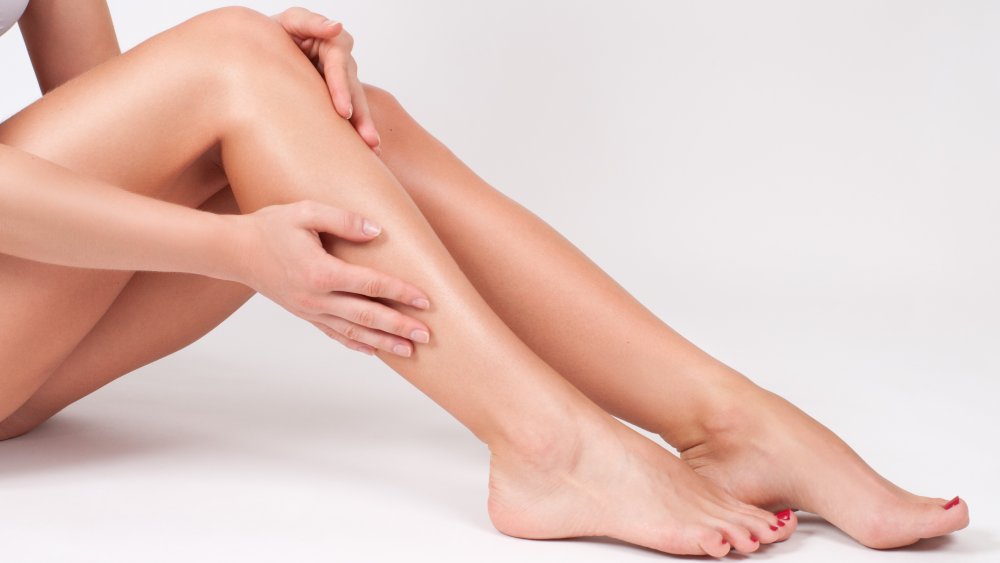What Does It Mean If You Have White Spots On Your Skin?
If you've ever noticed white spots or white freckles appearing on your skin, you're not alone. However, while they are common, they can actually mean different things on different people.
According to Dr. Anna Guanche, a board-certified dermatologist and celebrity beauty expert at Bella Skin Institute, most white spots on the skin are likely to be caused by sun exposure and aging. "It is a little-known fact that sun damage causes not only brown spots, but also white spots," Guanche told Byrdie. "I liken them to 'gray hairs' in the skin."
Dr. Marla Diakow of Schweiger Dermatology Group in New York agrees, referring to the spots as Idiopathic Guttate Hypomelanosis (IGH). "IGH is a skin condition characterized by multiple round [or] oval white spots that are usually flat. It is very commonly found on the arms and legs of patients over 50," Diakow explained to Byrdie. "[It's] a completely benign entity, but often one of cosmetic concern to patients," she continued.
White spots on skin could be milia, pityriasis alba, vitiligo, or tinea versicolor
However, according to Skinkraft Laboratories, there are a variety of other reasons you could have white spots on your skin. It could be milia, pityriasis alba, vitiligo, or tinea versicolor.
Milia is often found on the face, around the eyes, and feels hard to touch. Pityriasis alba, on the other hand, is similar to eczema — however rather than spots, it's more likely to look like patches of discolored skin. Vitiligo also usually appears as white patches, rather than white spots, and is a skin condition that's believed to be genetic. Tinea versicolor is more of a fungal condition, causing both dark and white patches and spots on the skin.
Ultimately, if you have white spots on your skin and you want to know what they are, you should seek the help of your doctor. They will not only be able to diagnose the white spots but can also recommend the best treatment, should there be a need for it.

